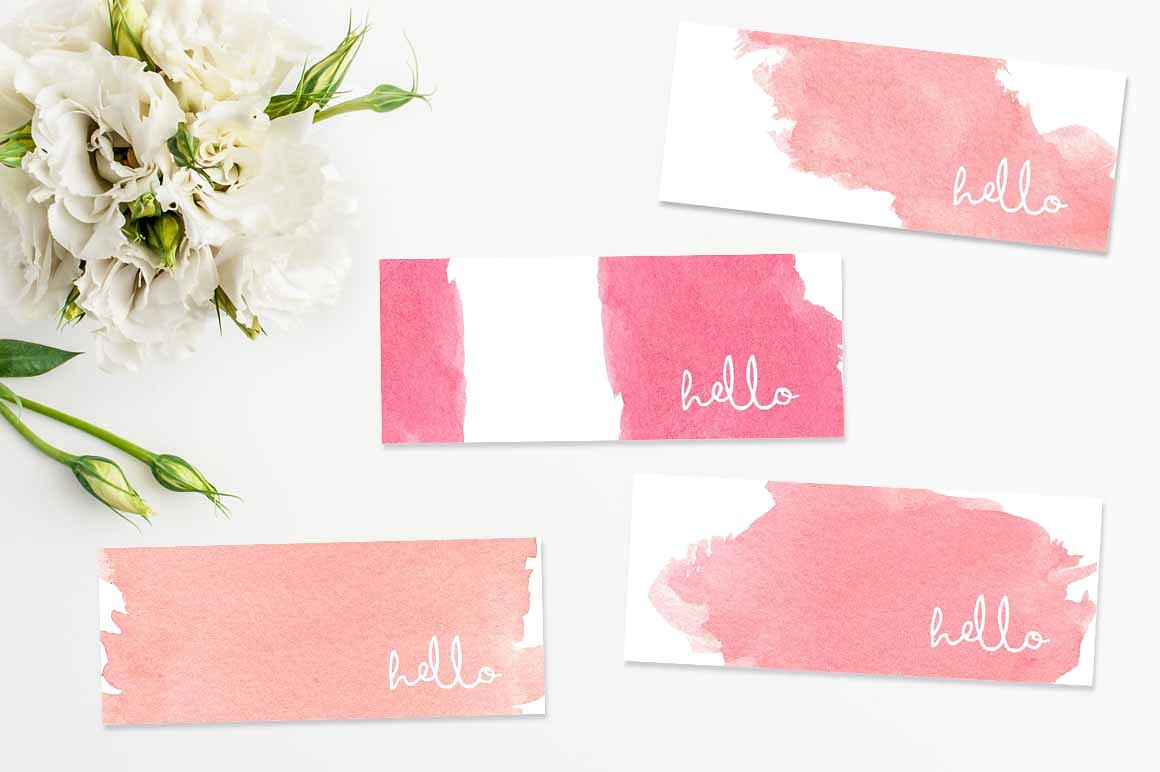17+ Blank Business Card Examples to Download
In whatever business that you are managing, you must know that marketing is an integral aspect of your business. Marketing does not only involve advertising and promotion but also in branding and pricing as well as keeping the customers satisfied. With the broad range of marketing, we all know how tough it is to be the overall manager of your business. So, to help you get started in your business, you must have organized marketing strategies and promotional materials.
The most commonly used promotional materials are flyers, banners, leaflets, and posters. But in addition to these advertising materials, there is one thing that you must give to your customers and potential customers—business cards. Business cards contain important information such as the company name or logo, the name and title of card owner, the address, as well as contact details like email address, phone number, and social media account.
Business cards serve as a way to let people know that your communication lines are open for queries, comments, suggestions, orders, reservation, and many other with regard to business. This is why each of the employees must have their own business card for contact purposes.
Blank Restaurant Business Card Template
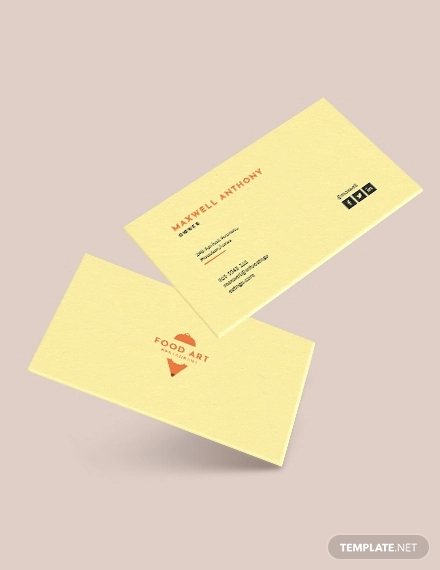
Modern DJ Blank Business Card Template
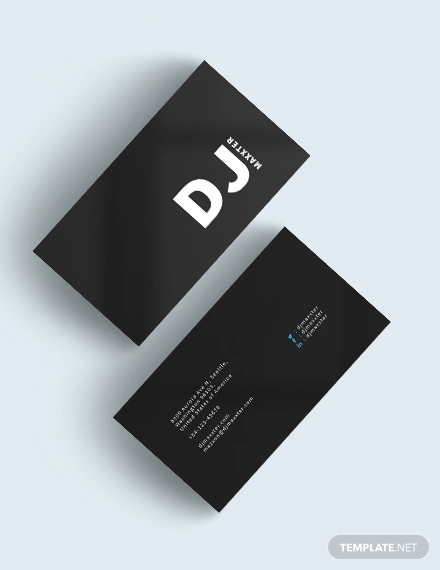
Construction Business Card Template
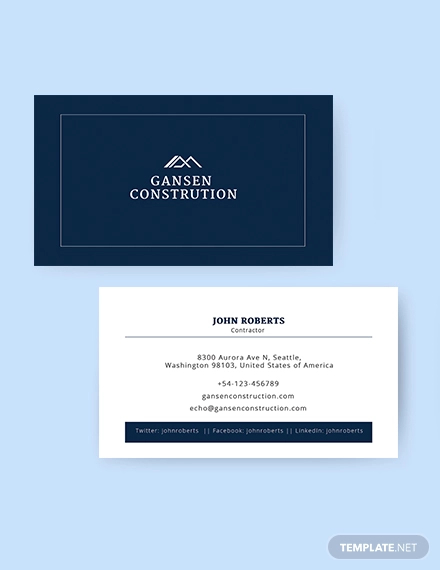
Blank CEO Business Card Template
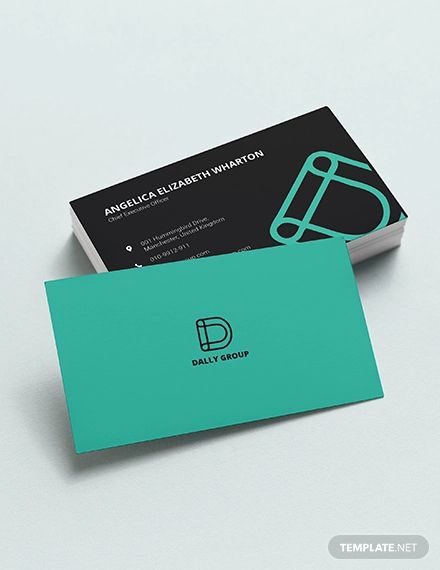
Aluminum Stamping Blanks Business Cards
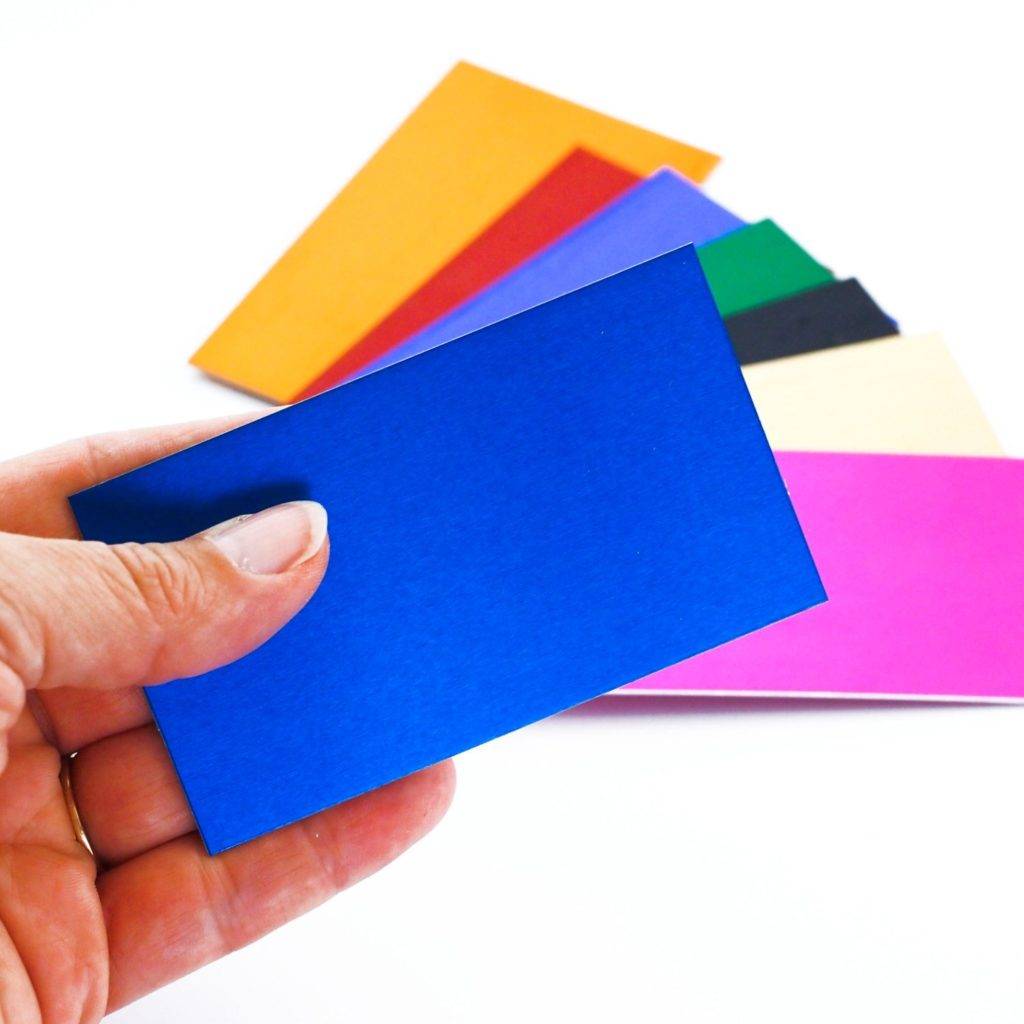
Blank Business Cards Mock-Up

Stack of Blank Business Cards
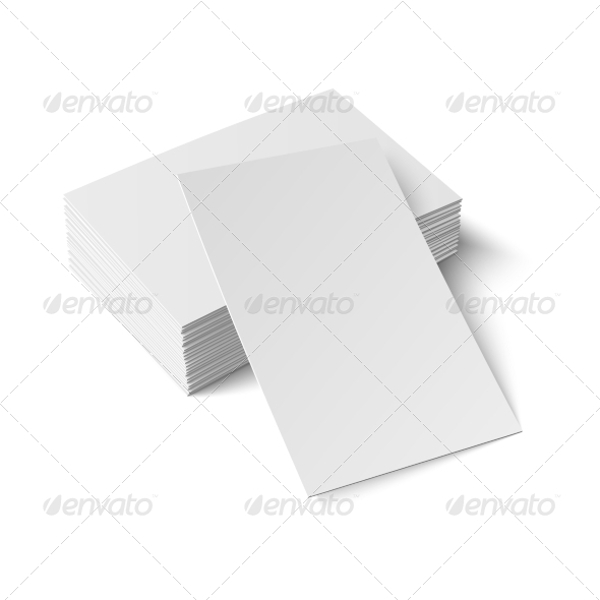
Simple Steps in Designing Your Card
Before you start creating your business card, you have to know that business cards are not just for contact information but for advertising, brand recognition, as well as call to action. When designed well, you will leave an impression to your customers and prospects that will surely last a lifetime. Whether you are creating your own business card or a business card for a client, you have to know the basics about business cards as well as the steps in creating a stunning business card.
1. Know the Personality of the Business
Before everything else, there are two crucial design components that you need to be finalize before you begin creating your best business card: the logo and the color scheme. These two are the most important visual aspect in branding. They play a very big part in creating your business card, and the also help influence other areas like layout and identity, ensuring the consistency of the design. This will also determine the personality of your business.
In determining the personality of your business, you must know the industry of your business. Here is a list of the major industries that can be commonly found in the business world:
- Aerospace industry
- Agribusiness such as fishing, timber, and tobacco industries
- Chemical and pharmaceutical industry
- Computer industry such as software and technology industries
- Construction industry
- Defense or arms industry
- Education industry
- Energy industry such as electrical power and petroleum industries
- Entertainment industry
- Financial services industry
- Food industry
- Health care industry
- Information industry
- Manufacturing industry such as automotive, electronics, pulp and paper, steel, and shipbuilding industries
- Mass media such as broadcasting, film, music, news media, and publishing industry
- Mining industry
- Private military industry or private security industry
- Public utilities industry
- Real estate industry
- Telecommunications industry
- Transport industry
- Water industry
Can you tell which industry does your business company belong? This will influence the design and layout not only to your logo but also to your general business cards.
2. Select the Card Shape
Rectangular-shaped luxury business card is the standard shape of a business card. However, you are not limited in using only the standard shape of a business. It is definitely okay to choose the rectangular shape, but you might want to venture on the different card shapes as well.
There are more alternative shapes in card printing. For the minimalist, you can simply round the corners for a simple business card edge design. There are also business card shapes that will really stand out from the rest such as those shaped like animal mascots, outline of the products that you are selling, and any other shape that is related to your business industry.
You might also want to try another printing option if you want to be unique from the rest of your competitors. There is this printing technique called die-cutting which allows you to cut out any shape your want on the face of your simple card.
Stack of Blank Business Card
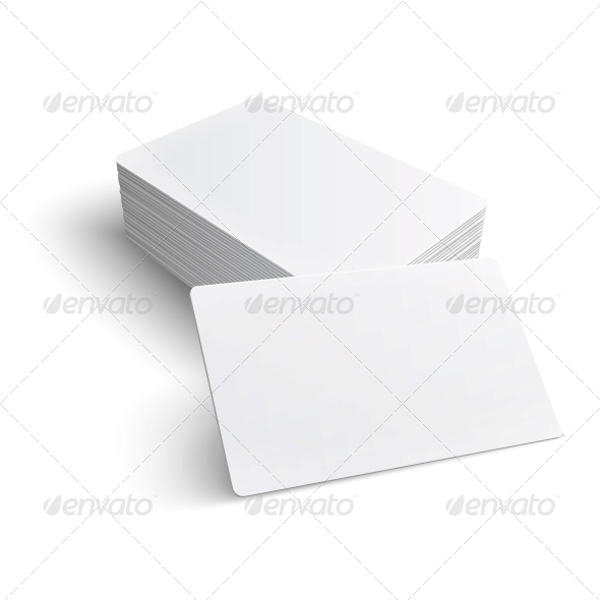
Black Blank Business Card in Heavyweight Chipboard

3. Select the Card Size
The next thing that you are going to decide is the size of your card. The standard size of business cards is 3.5″ × 2″. This is not a must, but you can opt for other sizes for your simple business card. But take note that oversized cards cannot be simply put in wallets, card holder, or any places where cards were usually placed, and because of that, it might get lost or be easily trashed.
There are three factors that you must consider in designing you business card with regard to card sizes:
- Bleed – the outermost part of the card where the printing goes beyond the edge of the sheet and will be trimmed or removed.
- Trim line – this is the target line for cutting cards.
- Safety line – elements inside the safety line are most likely not being cut. Outside the safety line is subject to cutting mistakes.
4. Add Graphics
After you have determined your card shape and size, the first thing that you will plot in your business card is the graphics or the logo. The logo should be highighted on your creative business card and it must take the center stage in your design. Other graphics may be useful, but you must ensure that you incorporate your logo since it is the main image that your customers and prospects will first notice in your card.
Remember that in a professional business card, there are two sides that you can utilize for your design. You may dedicate one side exclusively the logo of your business and the other side for the complete contact information or you may use incorporate logo on both sides but with a smaller logo on the other side.
Then, you can fill empty spaces with other graphics. Just make sure that you still have enough space for the other elements. Choose graphics that can work well in showing off your brand identity or the personality of your business.
5. Add the Necessary Information
You may have a lot of information that you want to include in your modern business card, but you must only include those that are very necessary to avoid clutter and a page full of text. To help you on what yo put on your business card, here are the common and important information to be placed in a business card.
- Full name
- Company
- Title or position
- Address
- Website
- Social media account
Additionally, you may opt to include a QR code in your minimal business card as this is trending nowadays. This is a shortcut for your customers in transferring the data that you include in the code. You may also include the slogan or tagline of your company as this can help people remember more of your company.
Feminine Mini Business Cards Bundle
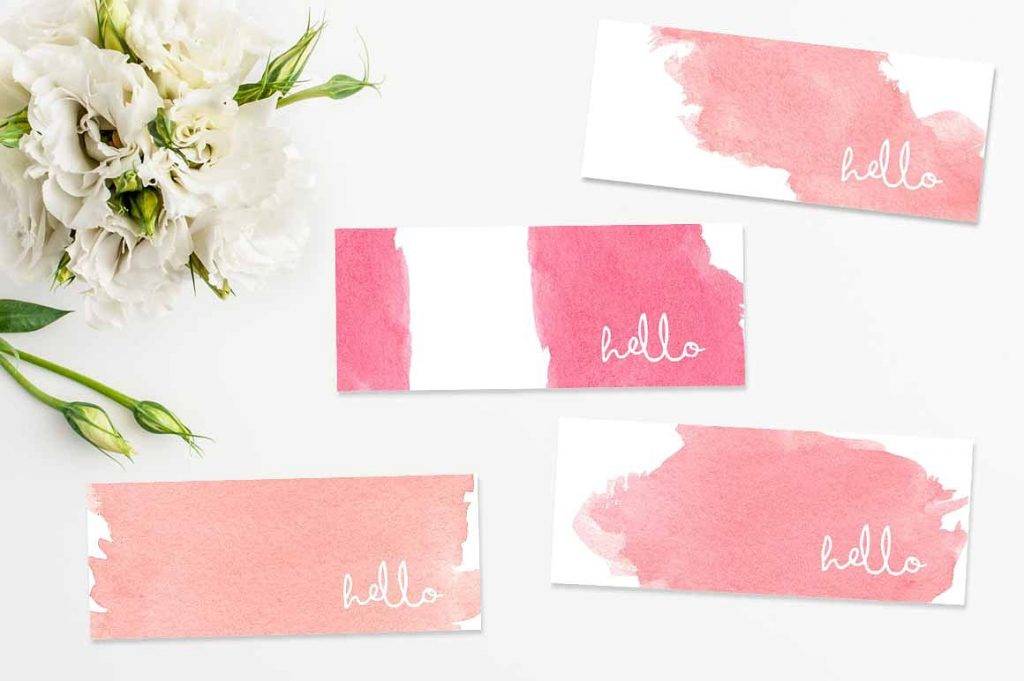
Stack of Blank Business Card Designs
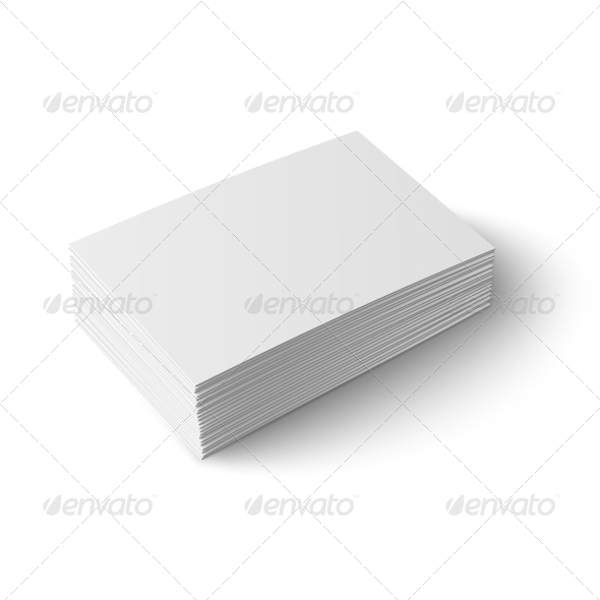
Wooden Business Cards Blank
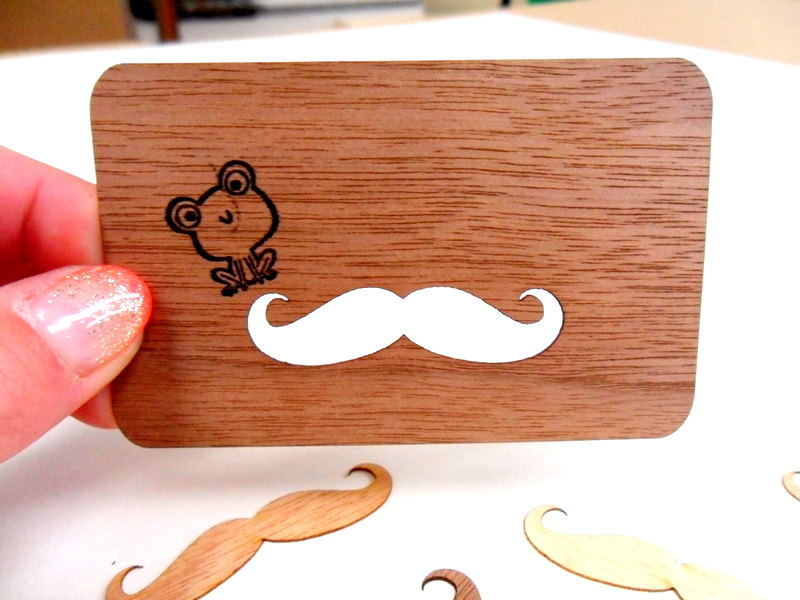
6. Work on the Typography
Your first priority in choosing for the typography to be incorporated in your fashion business card is the legibility. No matter how artistic your font is, you must ensure that it is understandable and readable. It is useless to have a very artistic font if no one can read what it says. Since you only have a small space to work with, make sure that your font fits well on the intended space. On a minimum, there are three main categories of typography, and these are as follows:
- Size – It is recommended to have a font size of at least 8 pts for all your text except for the items that you want to highlight such as your name. Also make sure that there is enough spacing and indention.
- Font – Choose a font that will represent your brand identity. The most commonly used are the sans serif, script, and serif font as these are clean, elegant, and artistic that still maintain the readability of your text.
- Color – Choose a color that go well with the background color of your card. Maintain the color schemes of your brand as this is your identity. You may opt for colors that are complementary with each other or different shades and hues of one color. Do not forget to check if your text is still readable with the color of the font that you are choosing.
7. Consider Special Finishes
Now that you have already incorporated the essential elements in you business card, the final touch involves choosing a special finish for your business card. There are different printers that offer different special finish, so utilize them in your business cards. Examples of special finishes that you can use for your business cards are as follows:
- Embossing – This creates a three-dimensional effect and make certain areas in your card to pop out.
- Letterpressing – This is pushing the paper down while inking it, resulting to something like an engravement.
- Foil stamping – You may apply foil to some areas on your card to make it shiny and reflective.
Blank Business Card Template
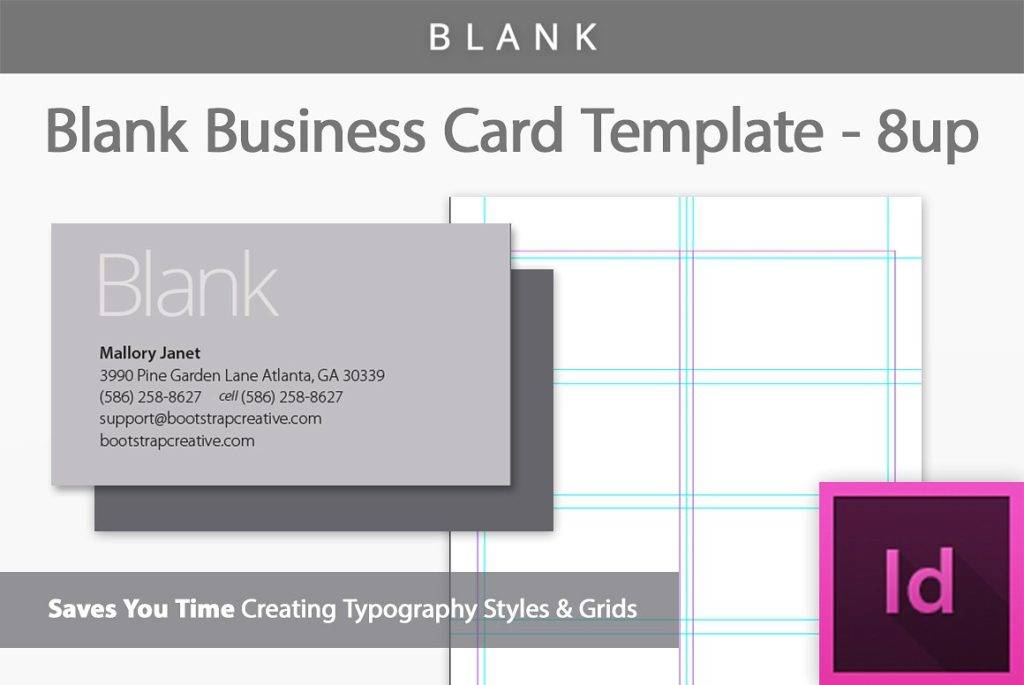
Stylish Office Desk with Blank Card

Simple Blank Business Cards
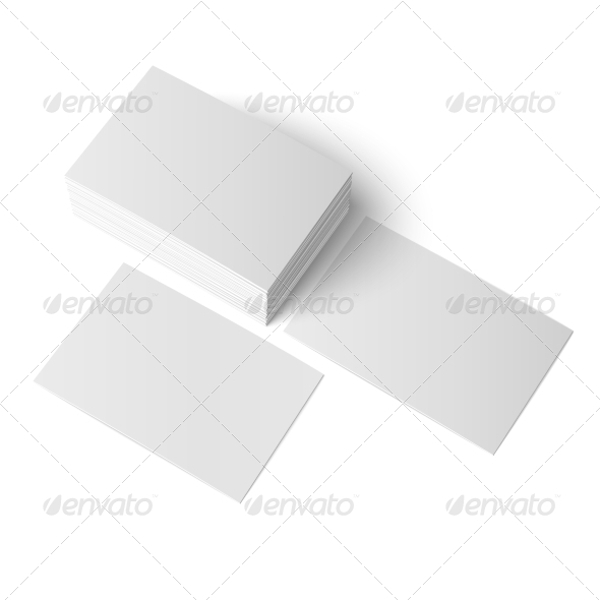
Plain Blank Business Card
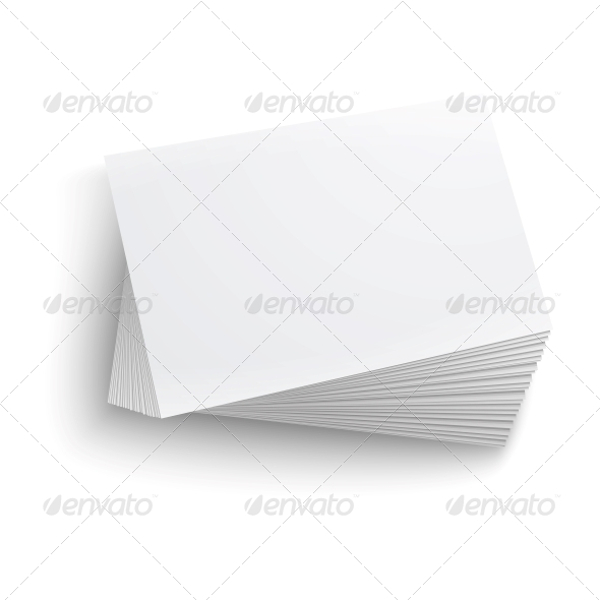
Finale
Business cards are important as they can be used primarily for contact purposes and secondarily for advertising, brand recognition, as well as call to action. Each employee must have their own business card to promote open communication with the clients and prospects as and also to encourage connection with the public or those who are interested in your business. You may also see marketing business cards.
In designing you business card, the simple and easy steps are as follows: know the personality of your business, select the card shape, select the card size, add your logo and graphics, add other necessary information, work on the typography, and consider special finishes. Follow these steps and you will surely achieve an eye-catching business card.
Lastly, do not miss to check out the examples of blank business card designs presented in the section above.


